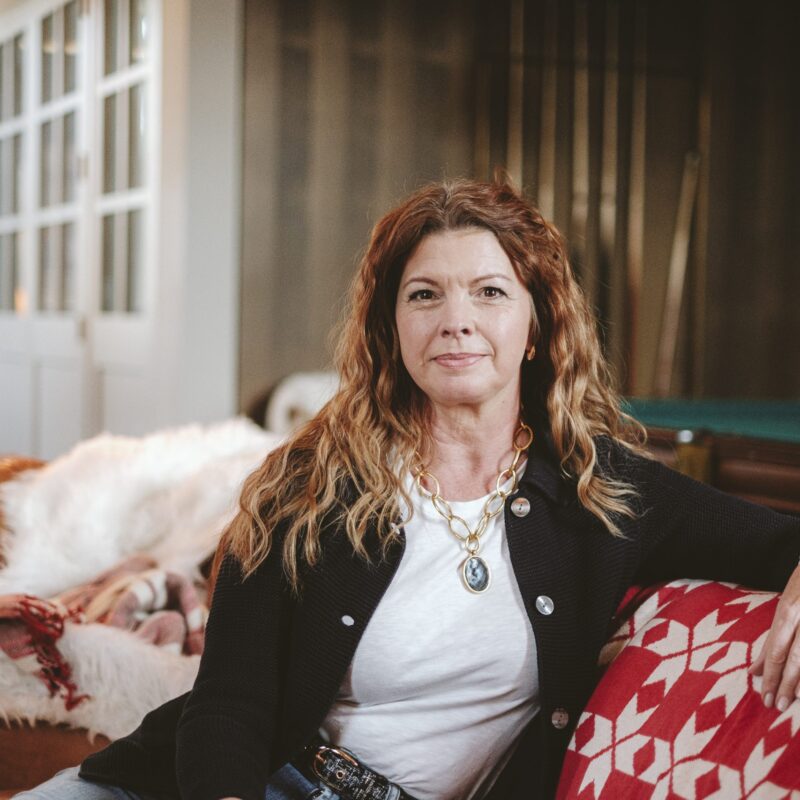Every afternoon, my mother has a date with her Fat Bastard, and my dad is usually on the golf course. She loves her nightly glass of oaky, creamy, buttery Chardonnay. Funnily enough, this seemingly déclassé preference isn’t for lack of culinary sophistication. She loves paté, strong coffee and dark chocolate, but one sip of a Sauvignon Blanc or Riesling, and she might as well have just swallowed boric acid. With a look of disgust, she complains that they are too “sweet” (nope, fruity) and too “bitter” (nope, acidic). I wonder how, with shared blood coursing through our veins, our palates can be so utterly different. I want my wine to taste like fruit and to complement my meal, and she wants hers to taste like a croissant and to replace her meal.
/WhiteWineToast.jpg) |
But, seriously, who am I to judge? She birthed me and raised me and most certainly deserves a hassle-free glass of caramel popcorn if that’s what she likes. But I, as her loving and dutiful wine-writing daughter, feel obliged to inform her, and all of you other Chardonnay-loving Moms (or otherwise) out there, about this wine’s trajectory from France’s corseted classic to California’s fleshy floozy.
Chardonnay’s origin is thought to be the Burgundy region of France, where the grape’s expression remains (in the snobby daughter’s humble opinion) at its most exquisite. The flintiness of a well-made Chablis and the opulence of white Burgundies like Corton-Charlemagne and Puligny-Montrachet will haunt you and your budget forever—but that’s for another column. In Champagne, Chardonnay gives finesse and elegance to the bubbly and even stands alone in the region’s Blanc de Blanc. But, since Chardonnay adapts to many climates, it’s now grown everywhere wine is produced and is often seen as an entrée grape for new regions and wineries looking for an easy winner.
The Chardonnay grape itself is fairly neutral in flavor. Some winemakers view this as a detraction, while others see it as a blank canvas. Blank canvases are fine if the winemaker has the delicate hand of an impressionist artist letting the beauty of the grape’s terroir shine amidst its subtle apple, pear, melon and pineapple flavors. Unfortunately, many winemakers see Chardonnay as their chance to champion the artist over the art and play paint-by-number, adding flavors with cultivated yeasts, malolactic fermentation (see Winespeak 101) and new oak. The result is a wine that tastes nothing like the grapes that made it, but rather like a piña colada that had an unfortunate run-in with some Butter Buds and a two-by-four.
Clearly though, many of us could think of nothing tastier, because Chardonnay is our country’s number one selling wine, and the majority of it is oaky and buttery. Exploding on the scene with California “Chablis” in the 1980s (at which point my mom switched over from Rob Roys), California Chardonnay was white hot by the 1990s. Then, as is the usual fate of the under-talented and over-exposed, in the mid-’90s, Chardonnay suffered a backlash so substantial that it even got a name. Haters became part of the Anything But Chardonnay (A.B.C.) crowd, complaining of its unfriendliness towards food (taste bud obliterating alcohol content and oak) and its contribution to the globalization of wine (wineries began ripping out lesser-known varietals to plant this grape with mass appeal).
Fortunately, many California wineries have seen the error in their Chardonnay ways and are making un-oaked versions and bringing alcohol levels down from the stratosphere. Share these restrained examples with your mom this Mother’s Day and they may even convince you that she was right yet again.
Like buttah
Avery Quinn Chardonnay 2009. Tastings of Charlottesville. $12.95
Bearboat Russian River Valley Chardonnay 2008. Mona Lisa Pasta. $19.99
Kali Hart Monterey Chardonnay 2008. Foods of All Nations. $18.99
Lioco Chardonnay 2009. Market Street Wineshop. $20.99
Longoria Sta Rita Hills Chardonnay “Cuvée Diana” 2007. Rio Hill Wine & Gourmet. $43.99
Neyers Chardonnay 2009 Carneros District. Wine Warehouse. $29.99
Winespeak 101
Malolactic fermentation (MLF or “malo”) (n.): The winemaking process during which sharp, green apple-tasting malic acid (naturally present in grape must) is converted into creamy, buttery-tasting lactic acid through a secondary fermentation. The aim is to smooth out sharp edges, to create a richer, fuller mouthfeel, and to add a buttery flavor.





